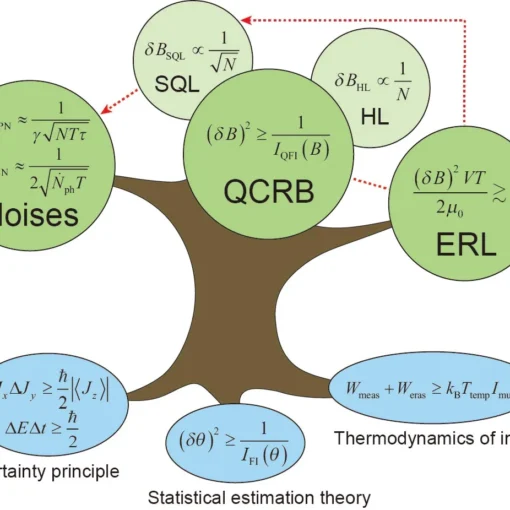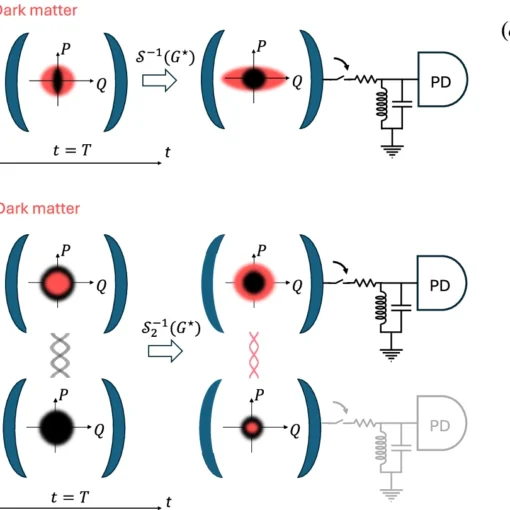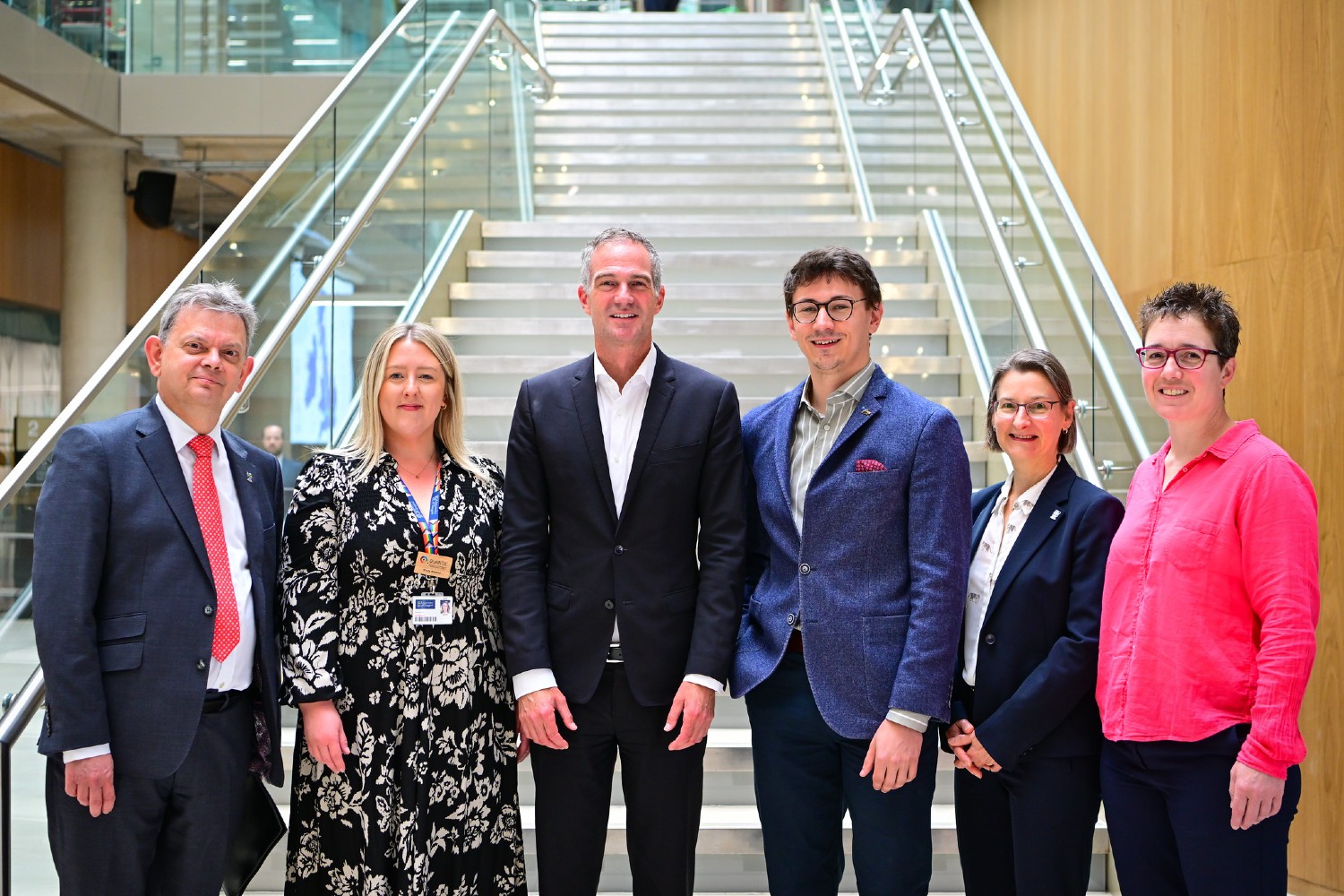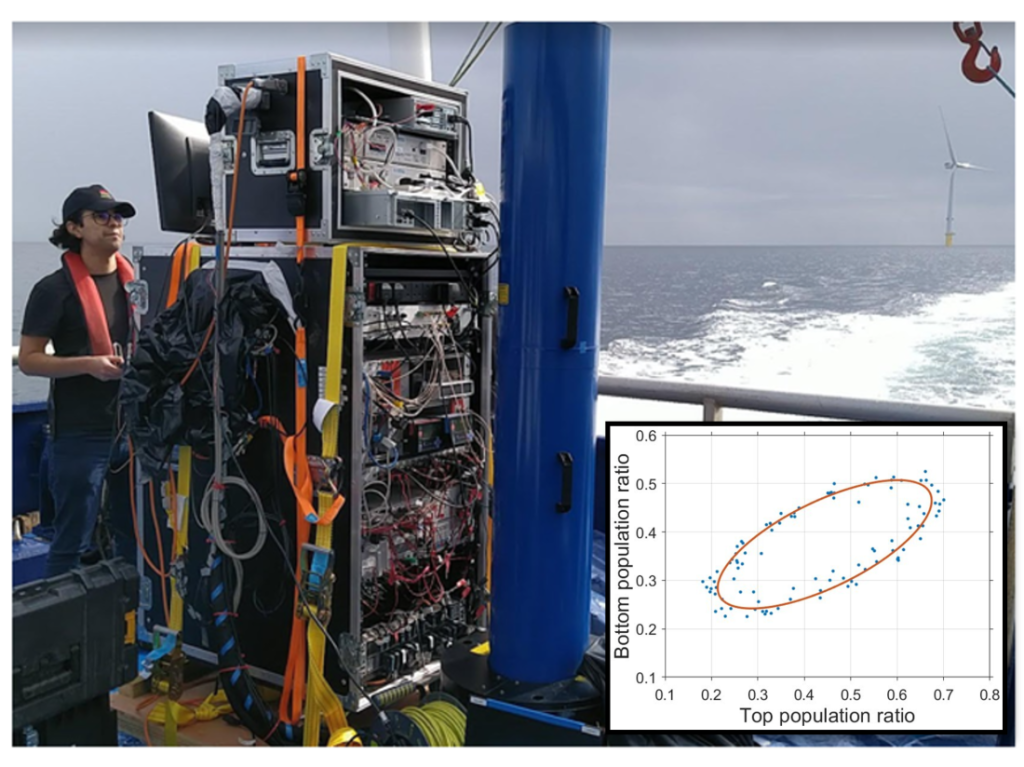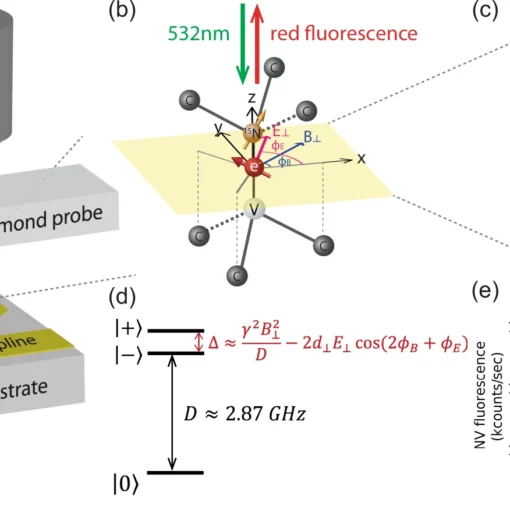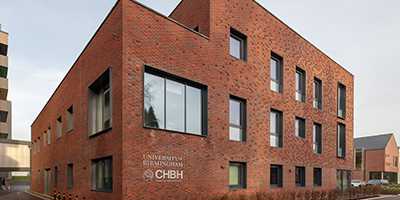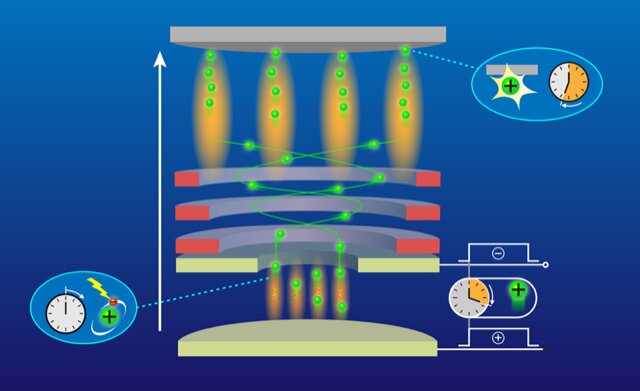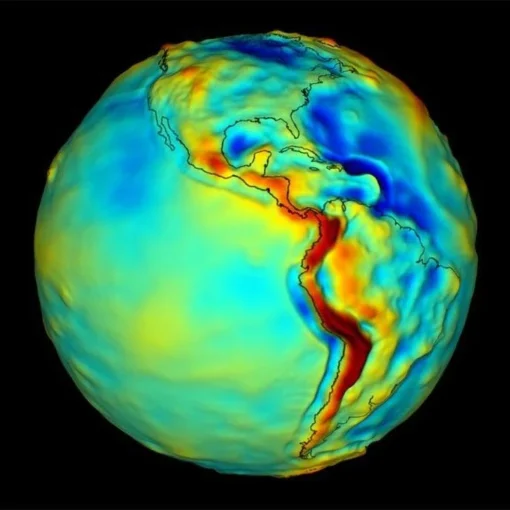
NASA’s Breakthrough Quantum Gravity Sensor for Space
NASA’s Jet Propulsion Laboratory is developing the first-ever space-based quantum gravity sensor that uses ultra-cold atoms to detect minute gravitational variations from orbit, potentially revolutionizing how we map Earth’s hidden features and explore distant planets.

